
BEAUTY IS IN THE EYE OF THE beholder is a fitting phrase for wildlife photography. For some photographers, it's all about capturing elephants and lions in the Serengeti, while others seek rare and obscure frogs deep in the Amazon, or polar bears and penguins at the frozen ends of the Earth.
But many wildlife photographers find plenty to point their lenses at without ever getting on a flight. The UK is incredibly rich in wildlife, with red squirrels, deer, Arctic hares, puffins and foxes among our most popular and commonly photographed species. The British weather also helps to produce evocative photos, particularly in winter - think Arctic hares curled into balls, bracing themselves against blizzards, or foxes' colourful orange coats against backgrounds of brilliant-white snow.
The UK isn't a country where charismatic megafauna simply falls into your lap. But, whether you're wandering through a national park or waiting to see what happens in your garden, we have an array of fascinating and characterful species that have great photographic potential. It could be a garden spider in its web, with the light catching the morning dew, or a blue tit buzzing to and from your garden feeder. Deer grazing the grassy stretches of parks can make elegant, charismatic shots, particularly in autumn, while relatively sedentary species, such as ducks and swans on ponds and rivers, open up all sorts of creative possibilities. It all boils down to simply getting out there and acquainting yourself with your local patch.
THREE TOP TIPS
Bu hikaye BBC Wildlife dergisinin Spring 2022 sayısından alınmıştır.
Start your 7-day Magzter GOLD free trial to access thousands of curated premium stories, and 9,000+ magazines and newspapers.
Already a subscriber ? Giriş Yap
Bu hikaye BBC Wildlife dergisinin Spring 2022 sayısından alınmıştır.
Start your 7-day Magzter GOLD free trial to access thousands of curated premium stories, and 9,000+ magazines and newspapers.
Already a subscriber? Giriş Yap
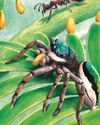
Jump Around - Bagheera Kiplingi - The acrobatic spider with a predilection for veggie food
Spiders eat flies, right? everyone knows that the 45,000 or so spiders in the world are all obligate carnivores, more or less – eating other animals, mainly invertebrates. Nature, however, loves an exception, and one particular spider missed out on that ecological memo. It goes by the wonderful scientific name of Bagheera kiplingi, and its claim to fame is that its diet is – at least mostly – vegetarian.
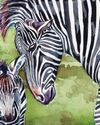
Female of the Species - Zebras - A strong sisterhood is key to staying safe
Zebras are masters of confusion. Their collective noun is ‘a dazzle’, which is fitting since their bodies and behaviour have been surprising scientists for centuries.
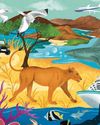
See It, Save It? - Wildlife tourism can be a powerful ally in protecting nature - but it can also harm it. We weigh up the pros and cons.
The sums of wildlife travel aren’t as simple as more tourists equals happier nature. How much did my visit really contribute to the conservation of Lady Liuwa and her habitat – and was that outweighed by carbon emissions from my flights? Did my presence disturb the animals’ natural behaviour more than it reduced the threat of poaching or benefited local communities?The question of whether wildlife travel is, on balance, good for wildlife is a complex one – and there’s no simple answer.

Can Your Really Offset Emissions? - Planning an overseas wildlife-watching trip entails facing some inconvenient truths
Imagine (or maybe you don't need to) that you hanker after the safari trip of a lifetime in sub-Saharan Africa. A 17-day tour beginning at the iconic Victoria Falls, passing through Zimbabwe, Zambia, Malawi and Tanzania, taking in some of the continent’s most wildlife-rich national parks, and ending on the lush island of Zanzibar.
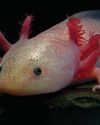
Metamorphosis: a life-changing event
WITH EVOLUTIONARY BIOLOGIST JV CHAMARY
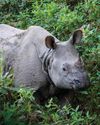
New series for BBC One: Asia
Settle in this autumn for a new natural-history extravaganza on BBC One and iPlayer: the longawaited Asia, presented by Sir David Attenborough.
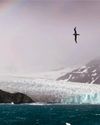
Loss of Antarctic sea ice could impact seabird food supply
Albatrosses and petrels may be forced to fly further to feed
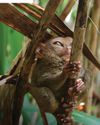
Tarsiers in trouble
Urgent action is needed to ensure survival of the Yoda-like primate

SNAP-CHAT
Chien Lee on shrew loos, rogue drones and being rained out of bed
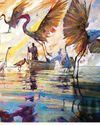
VISIONS OF NATURE
The winners of the Wildlife Artist of the Year competition 2024, from David Shepherd Wildlife Foundation